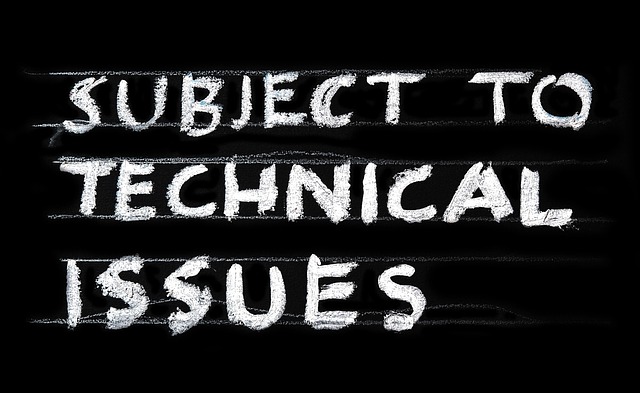As we stand on the precipice of an escalating climate crisis, the necessity for effective damage control has never been more urgent. Our environment—a canvas that has nurtured life for millennia—is now marred by human activity and the omnipresent effects of climate change. Every day brings fresh reminders of our planet’s fragility, from scorching heatwaves to devastating floods, each event unveiling the urgent reality we must contend with.
Climate change is not a distant threat; it is the reality we face today. Rising temperatures, melting ice caps, and unpredictable weather patterns have become the norm rather than the exception. These shifts in our climate systems are more than abstract concepts—they are tangible events that impact our daily lives, from the food we eat to the air we breathe. Thus, the conversation surrounding damage control in the context of the environment has gained momentum, compelling us to confront these pressing challenges head-on.
So, what does damage control look like in the face of such widespread environmental degradation? It encompasses a multitude of strategies aimed at mitigating harm and restoring balance. First and foremost, it involves acknowledging our role in this crisis. We must take responsibility for our individual and collective actions, understanding that every choice we make—whether it’s the energy we consume, the way we travel, or how we manage waste—carries weight in the fabric of our ecosystem.
Furthermore, investing in renewable energy sources is paramount for damage control. Switching to wind, solar, and hydro power not only reduces our carbon footprint but also helps counteract the reliance on fossil fuels that has propelled us into this crisis. As communities, businesses, and governments embrace sustainability, we can make strides toward repairing the damage already done. This shift is essential for preserving the delicate balance of nature and ensuring that future generations inherit a world that is vibrant and resilient.
Additionally, damage control must prioritize ecosystem restoration. From reforestation initiatives to the rehabilitation of wetlands, these practices not only reinvigorate biodiversity but also enhance our planet’s capacity to absorb greenhouse gases—acting as vital buffers against climate change. By restoring these natural systems, we can heal the wounds inflicted upon our environment and foster a sense of hope as we recognize the potential for recovery.
Moreover, awareness and education play integral roles in effective damage control. By engaging in conversations about the environment and climate change, we empower ourselves and others to become catalysts for change. Schools, organizations, and communities must advocate for environmental literacy, allowing people to connect with the urgency of the situation and inspiring action through shared knowledge.
As we navigate these turbulent waters, it is essential to foster a sense of community resilience. Cooperative efforts—be it through local initiatives, global partnerships, or grassroots movements—help amplify our voices and drive the collective action necessary to combat climate change. Together, we can devise strategies to mitigate risks, support those affected by environmental disasters, and rebuild after the storm passes.
In conclusion, as we grapple with the realities of climate change and its far-reaching implications, the call for damage control in environmental contexts becomes increasingly significant. Through accountability, renewable energy adoption, ecosystem restoration, and community engagement, we can begin to address the profound challenges we face. It is time to take bold steps towards securing a sustainable future—one that honors the delicate relationship between humanity and the Earth.




